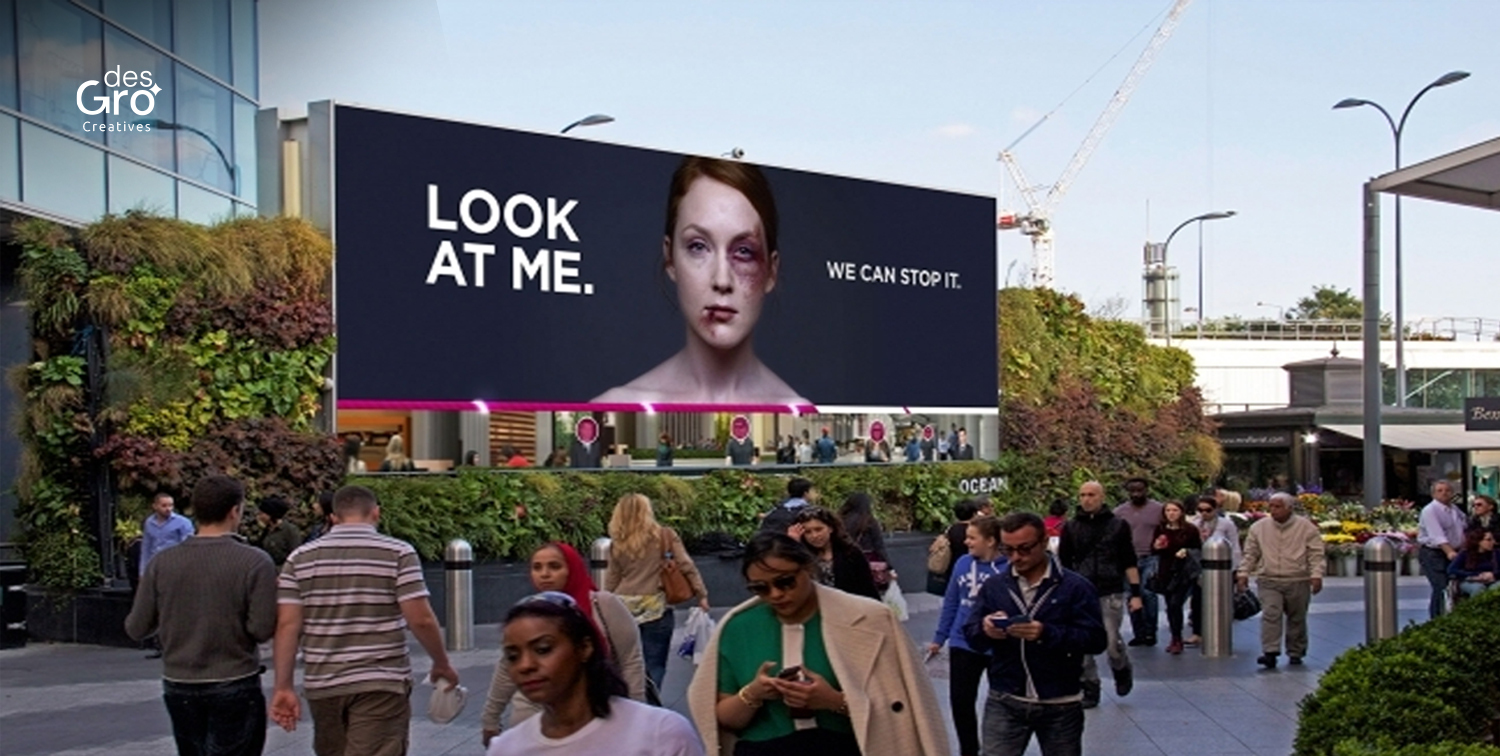The marketing space is expanding like never before. With increasing platforms, the audience is bombarded with excess content on a daily basis. This may make them feel exhausted and might rob them the patience to look through each of them. They might just end up skipping most of those. Therefore, it should be your top goal, as brands with a clear vision, to create advertisements that are so eye-catching that viewers will notice them right away. The technique of visual narrative is used for the same.
Brands have now begun to understand the importance of eye-catching content and have thus begun to use visual storytelling to connect with the audience in a split second. Over time, the concept of content has expanded much beyond language creativity and words. Above the limitations of words and captions, visual storytelling has become an effective instrument for grabbing consumers' attention, evoking strong feelings, and leaving a lasting impression.
Captivating the audience with visuals
Developing a strong emotional bond with the audience is fundamental to good visual storytelling. Visuals in advertising have the ability to communicate to the heart directly and cross linguistic borders. Advertisers can access a reservoir of feelings that promote an impression of closeness and commitment by mindfully selecting imagery that appeals to the population they are targeting.
The use of visual storytelling helps to strengthen brand identification. When colors, fonts, and pictures are used consistently, a language of visuals is created that customers eventually identify with a specific brand. This helps to create a consistent brand story across multiple channels and improves brand recognition as well.
One powerful technique in the toolbox of the visual communicator is sequential imagery. Advertisers have the ability to take consumers on a narrative trip, whether it is with a sequence of photos or just one powerful image. By including the audience as active players in the story as it develops, this narrative flow increases audience engagement.
Since an image can often convey multiple meanings, a well-chosen symbol or metaphor may frequently convey a complicated idea with only one picture. By adding multiple levels of meaning and symbolic images, visual storytelling encourages viewers to analyze and interact with the material more deeply. The use of interactive features renders visual storytelling more interesting than it was before. A feeling of involvement is fostered and the storytelling process is enhanced when viewers engage with the content through accessible photos, videos, or other interactive elements.
In marketing, visual storytelling goes beyond the constraints of words and labels to immerse viewers in a world where storylines, emotions, and brand identities all come together.
Retaining the audience
Images, infographics, and videos are examples of visual content that naturally arouses emotions through succinct and imaginative visual storytelling. Visual components are the last resort when it comes to swiftly capturing and retaining a viewer's attention, which increases engagement in a world when viewer attention spans are measured in seconds. Visually appealing material may leave a lasting impression and boost brand remember and retention rates when used in conjunction with content marketing services.
It takes skill to adapt visual narrative to different media. Advertisers need to ensure that the story connects with a wide range of viewers by customizing images for each platform while keeping the narrative relevant. Authenticity is crucial in this. Adding user-generated content to visual storytelling fosters a feeling of community around the business while also offering an authentic viewpoint. Advertisers may humanize their brand and foster trust by asking customers to share their experiences and tales.
Adaptive storytelling is becoming more and more popular among advertisers as they realize how diverse their audience is. It is ensured that the tale stays relevant and relatable across a range of audience segments by customizing visual narratives to target specific demographics or client segments. Understanding the audience and making them feel so, is the ultimate motive. This will help in maintaining the connection with them.
Aspects to focus upon
Keep it simple. The simplicity of things shines strongly in an information-flooded society. Adopting minimalist design concepts guarantees that the main idea is conveyed concisely and uncluttered by visual elements. A simple, well-thought-out design amplifies the effect of the narrative.
Usually underappreciated, typography may be a potent visual component in narrative. By communicating subtleties and emotions that enhance the visual story, the font selection adds to the brand's general charm and aesthetic appeal.
Video is an evolving media that provides countless possibilities for visual storytelling. Advertisers may create stories that enthrall and connect with their audience by combining narration, music, images, and dramatic scenes. Check the quality of the audio components. Efficient and harmonious audio quality amplifies the visual pleasure and enhances the narrative's emotional resonance.
If interactive components are included, make sure they are easy to use and work with a variety of browsers and devices. Reduce loading times by making multimedia and image quality optimal. Ads that load quickly enhance user experience and lower the chance of losing the audience.
Consider responsiveness when creating visual material. Make sure that the storytelling experience is engaging and consistent across different devices, such as PCs, tablets, and smartphones.
In marketing, visual storytelling goes beyond the constraints of words and labels to immerse viewers in a world where storylines, emotions, and brand identities all come together. Gaining traction in the market and winning over consumers will depend on how well brands express their stories as they continue to negotiate the visual terrain. By skillfully combining captivating imagery with well-considered storytelling, advertising may leave a lasting impression that transcends language barriers.


